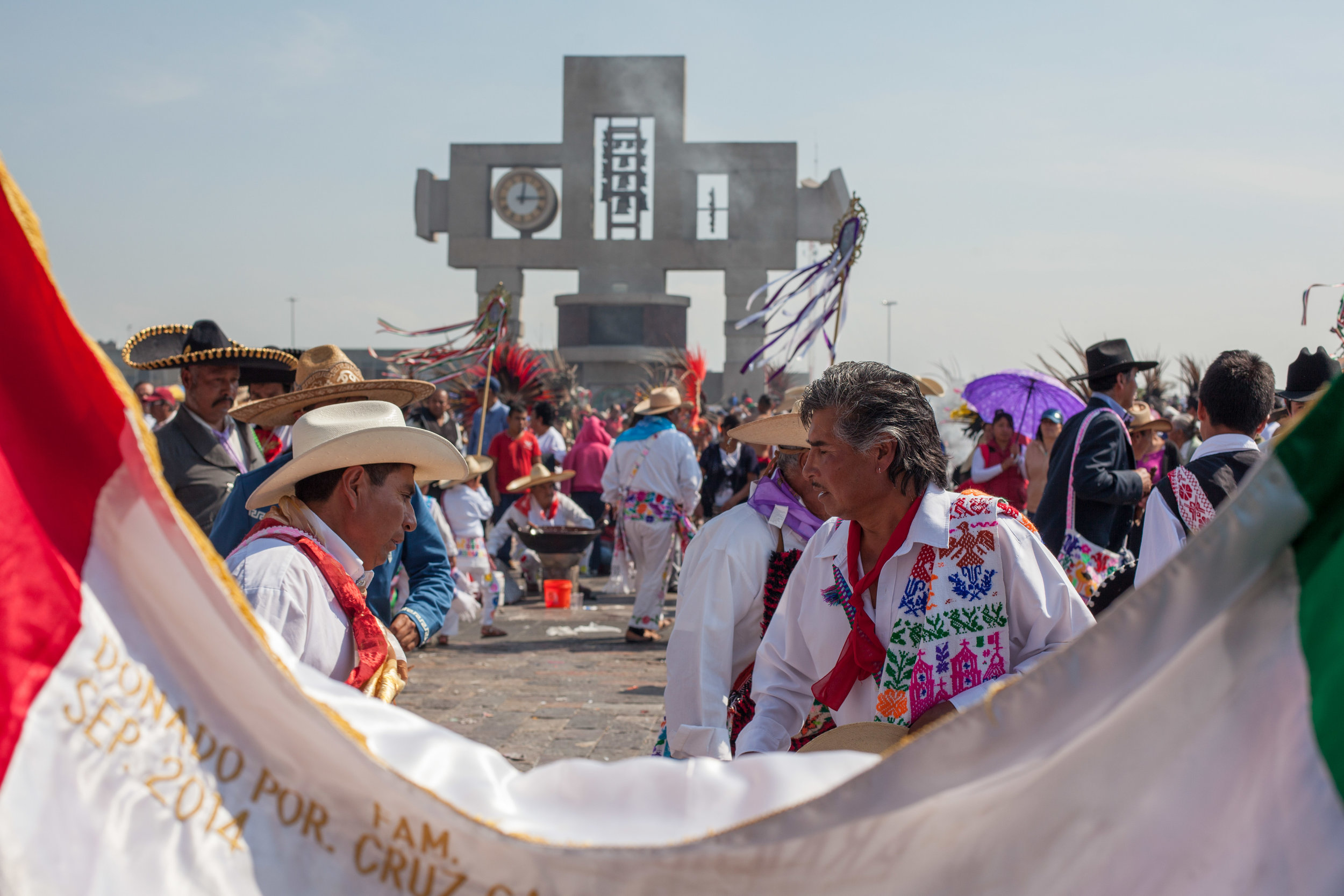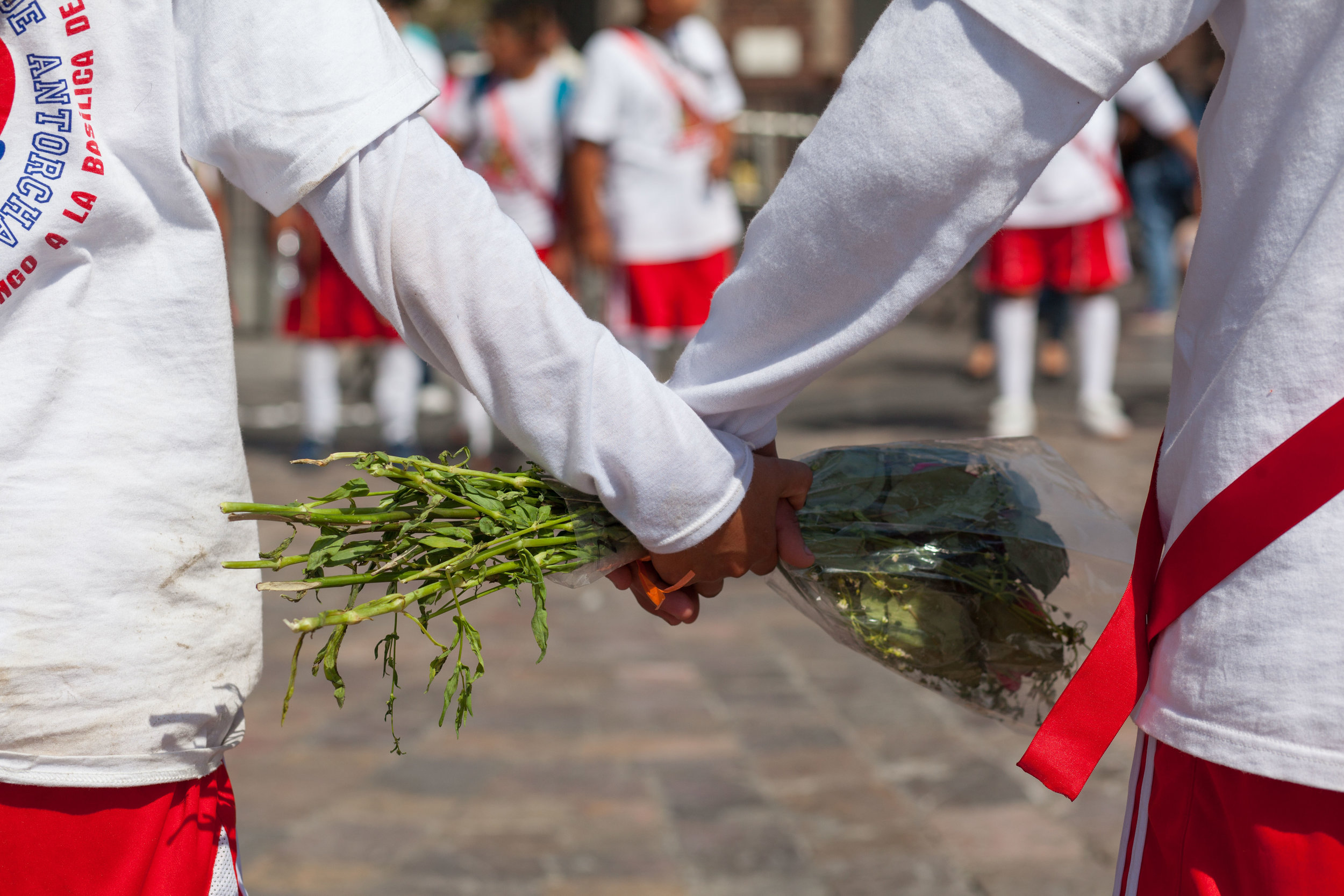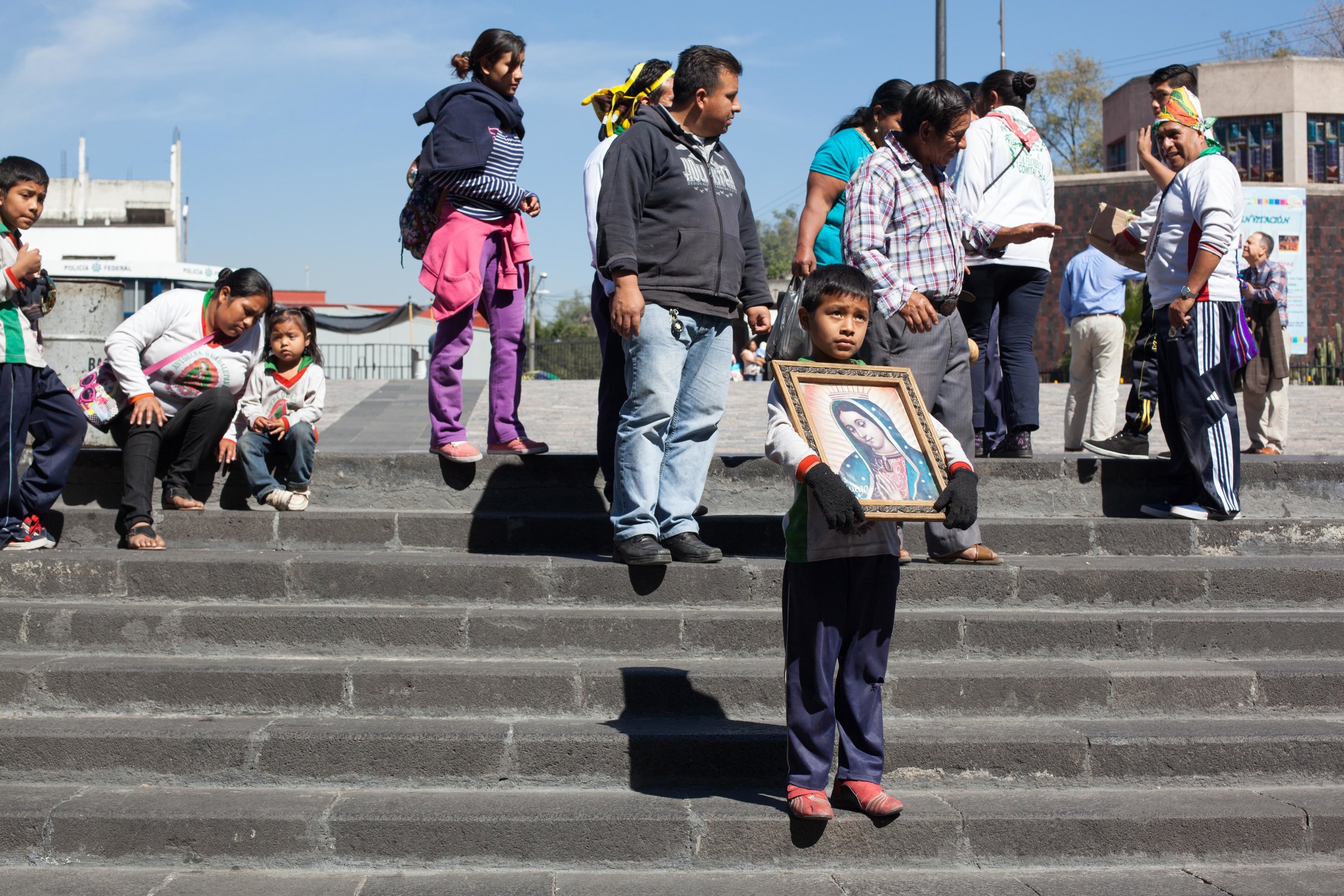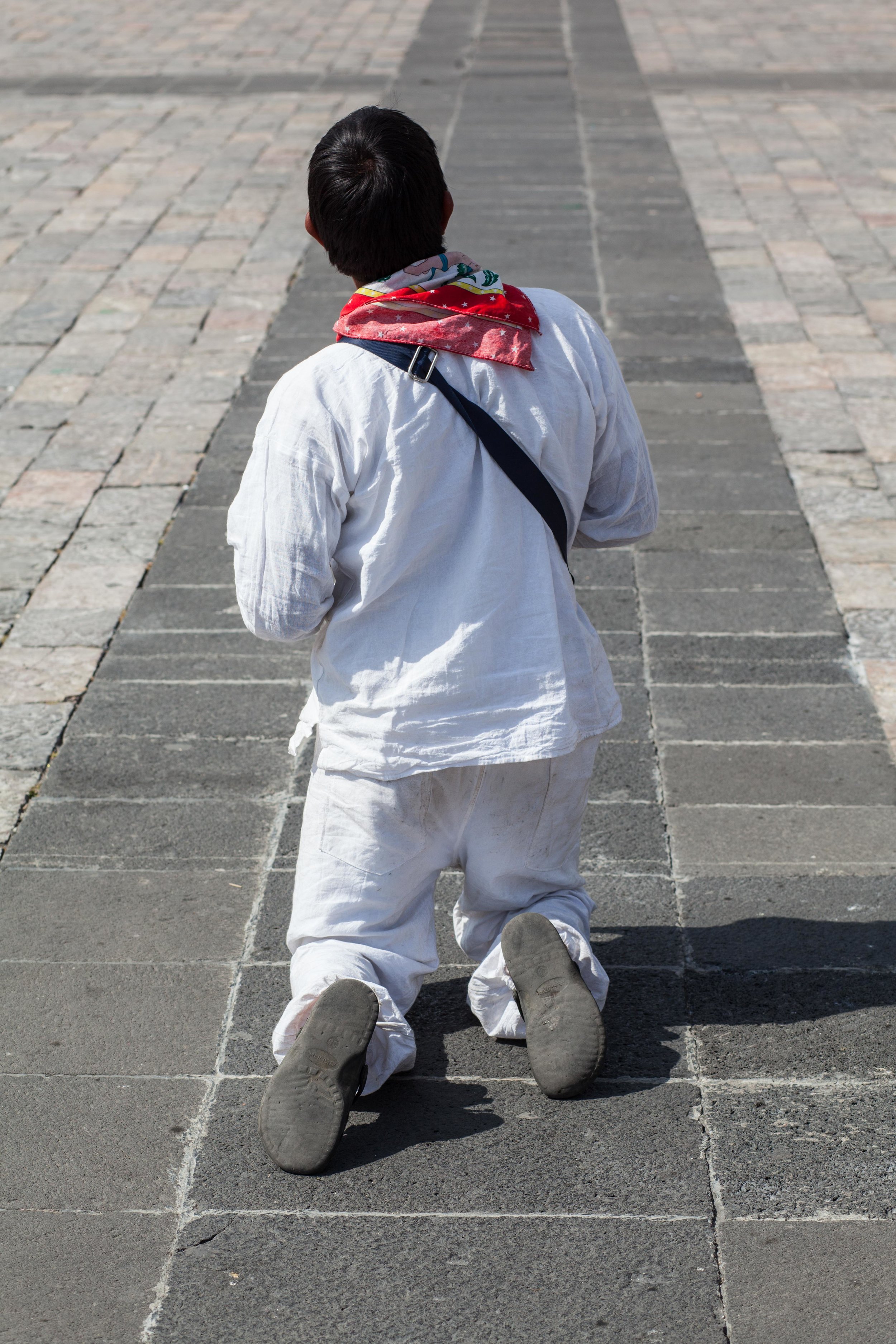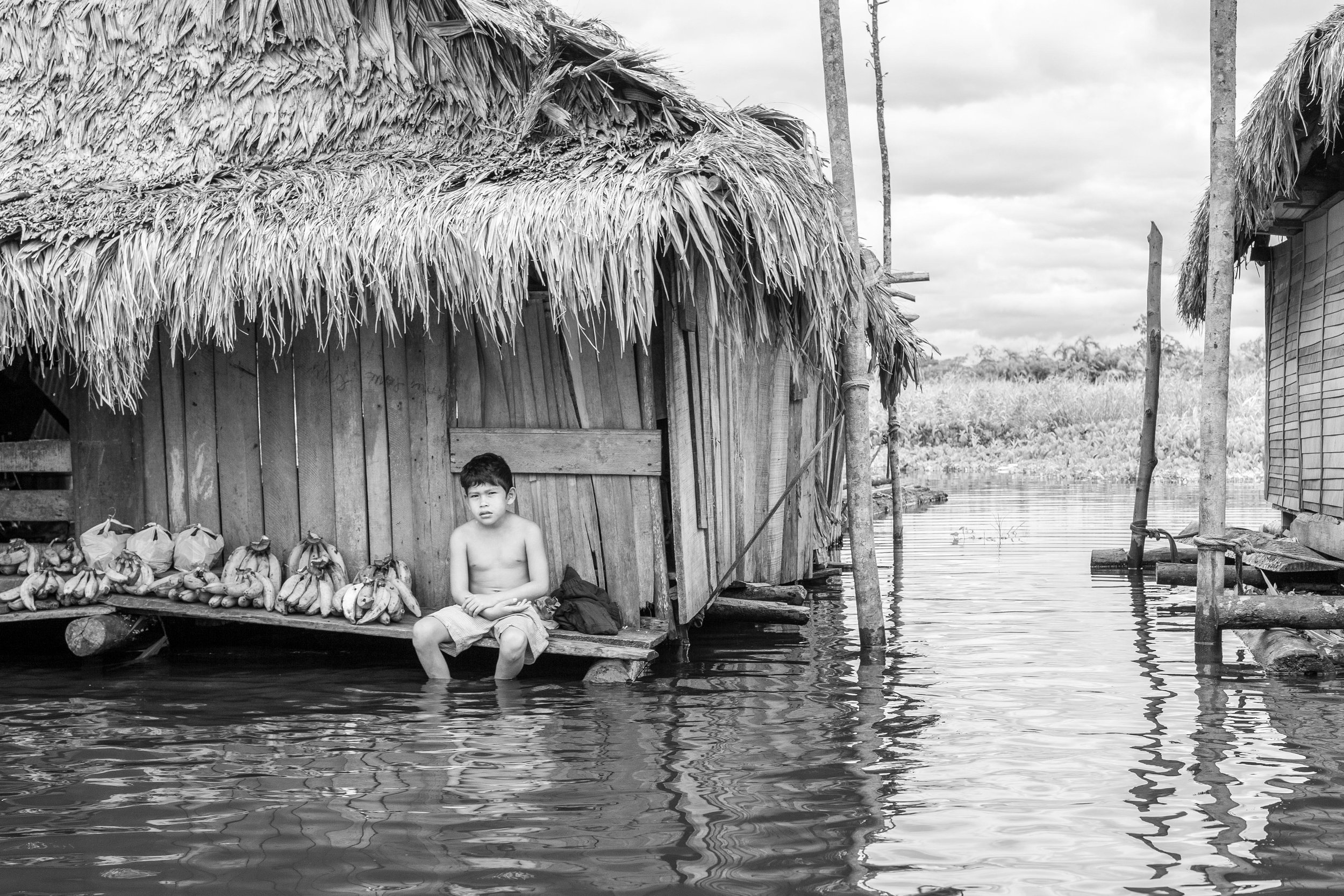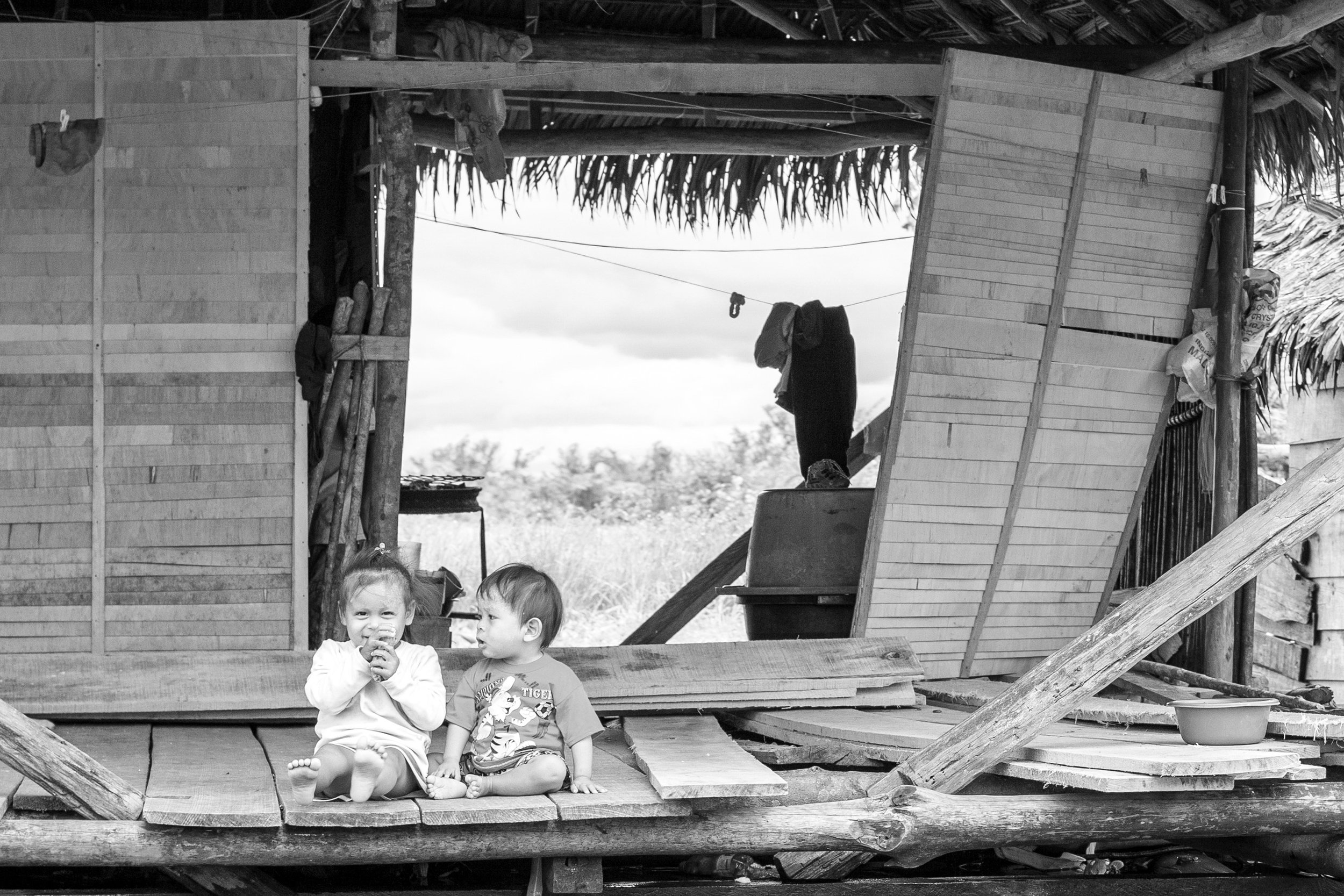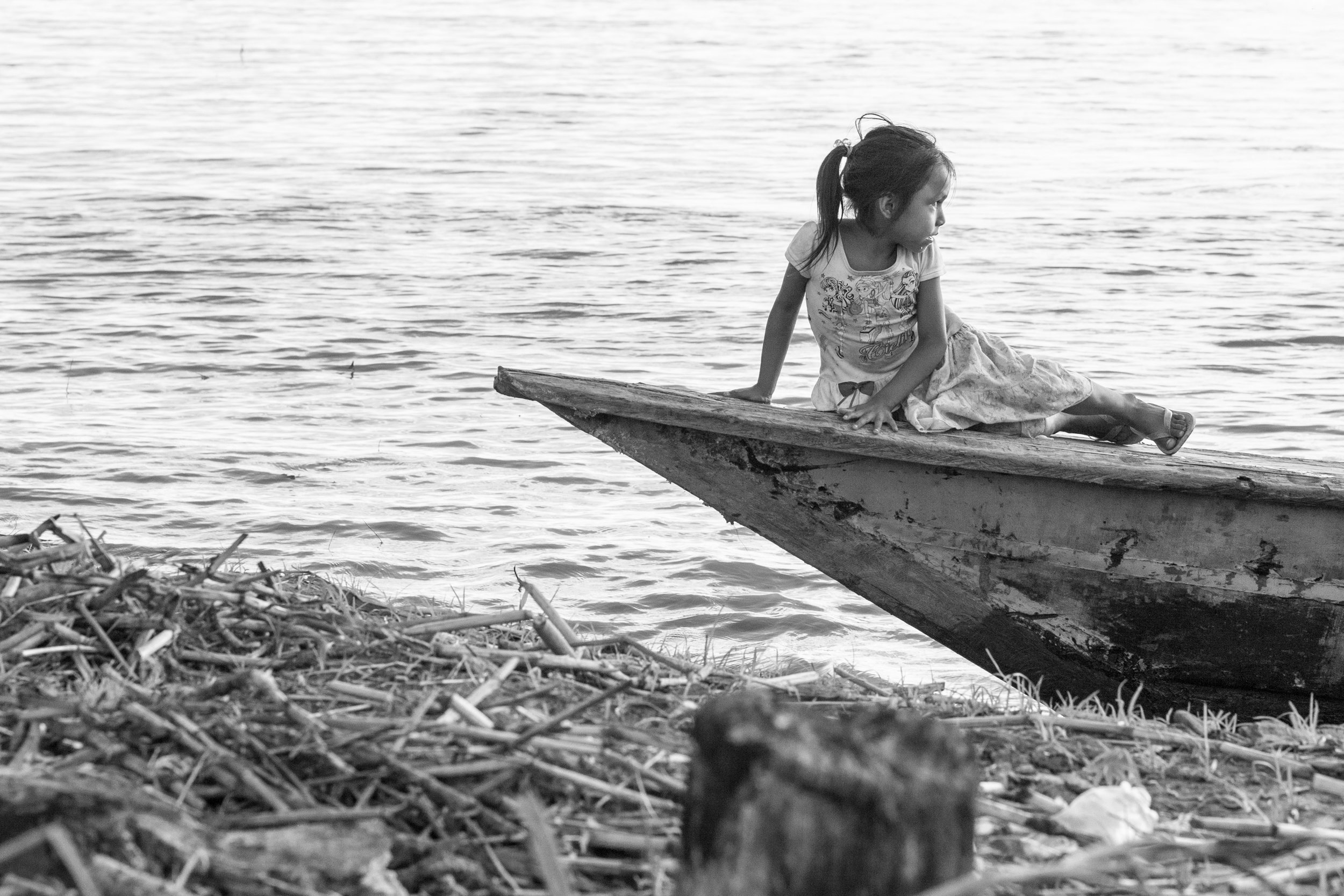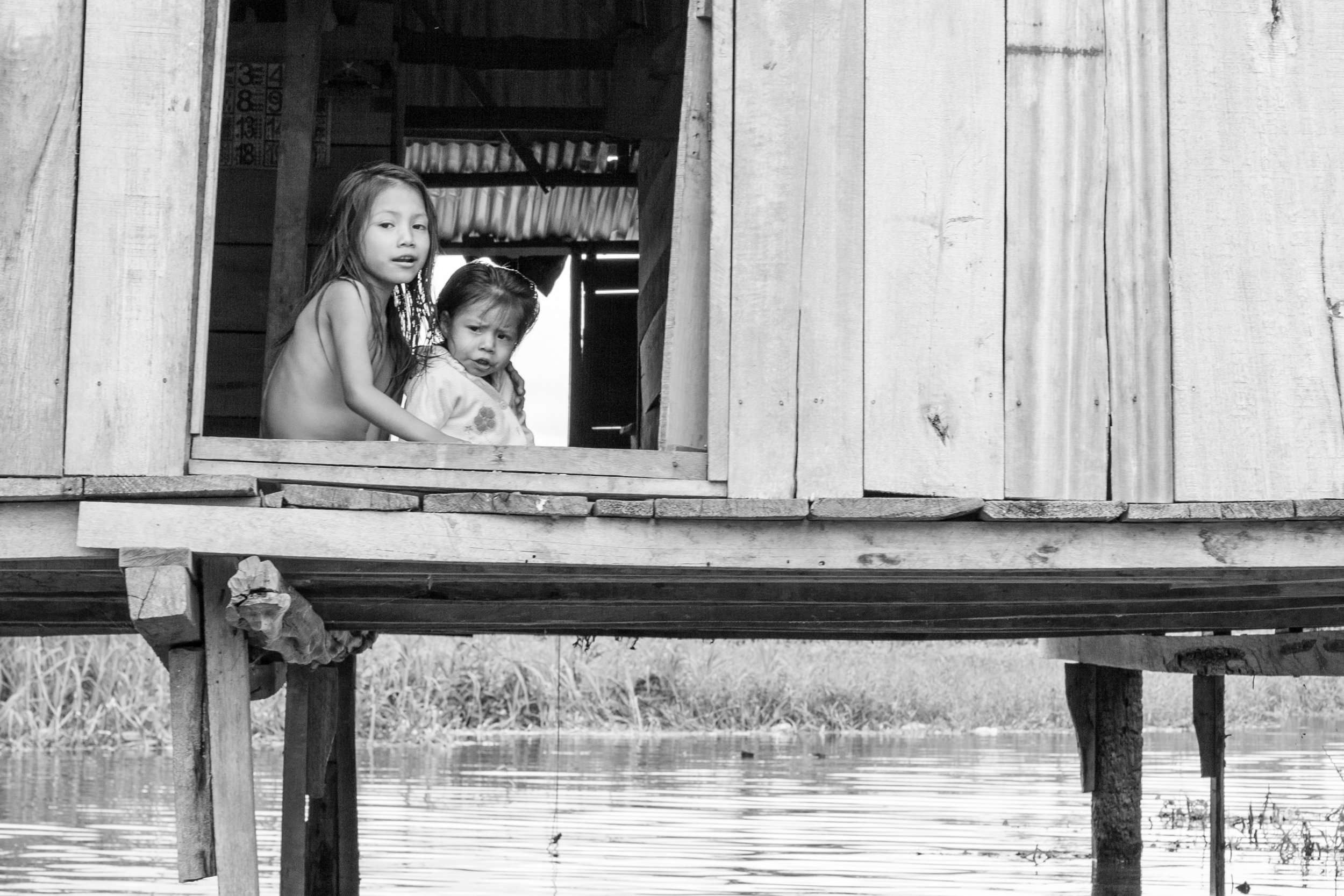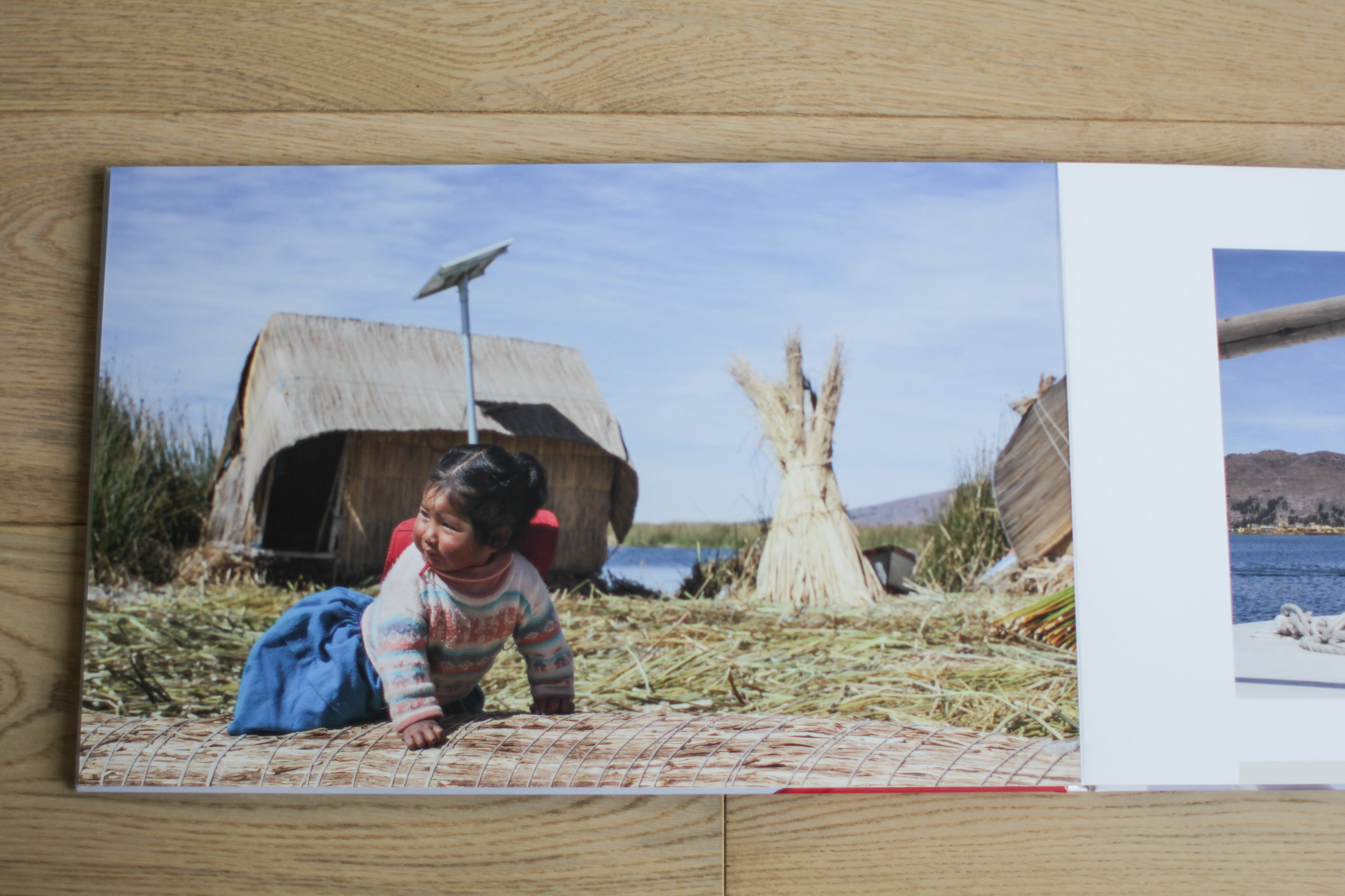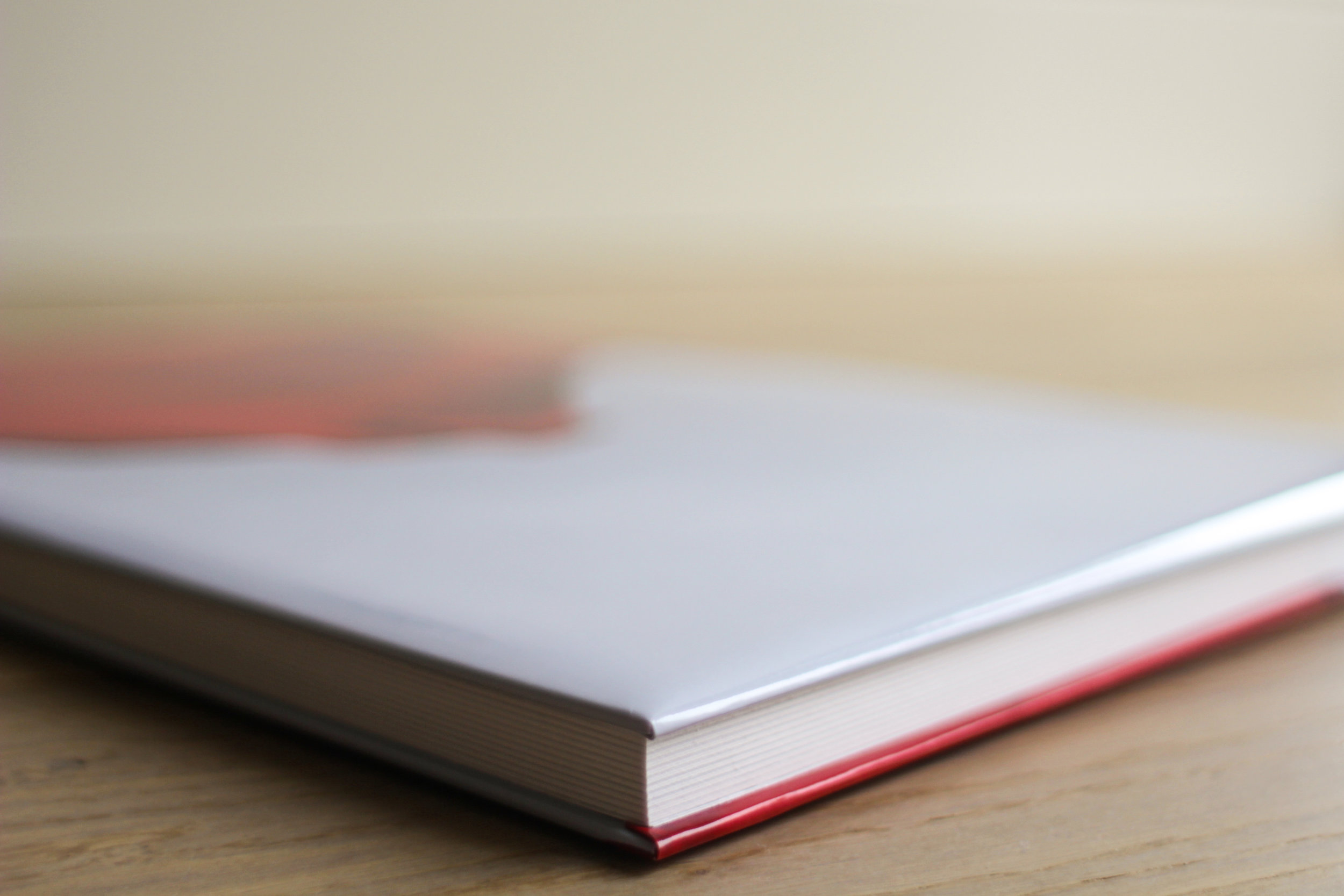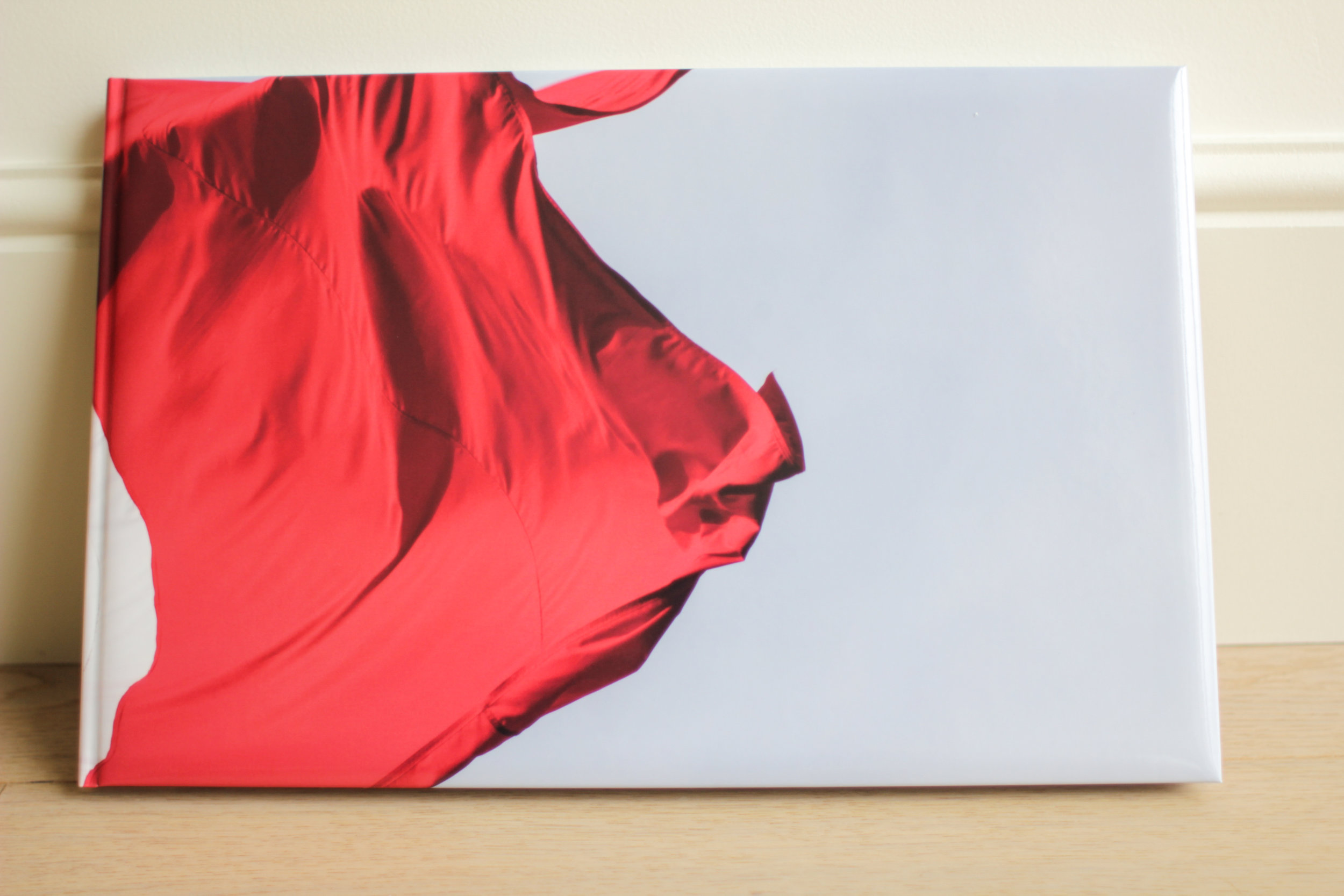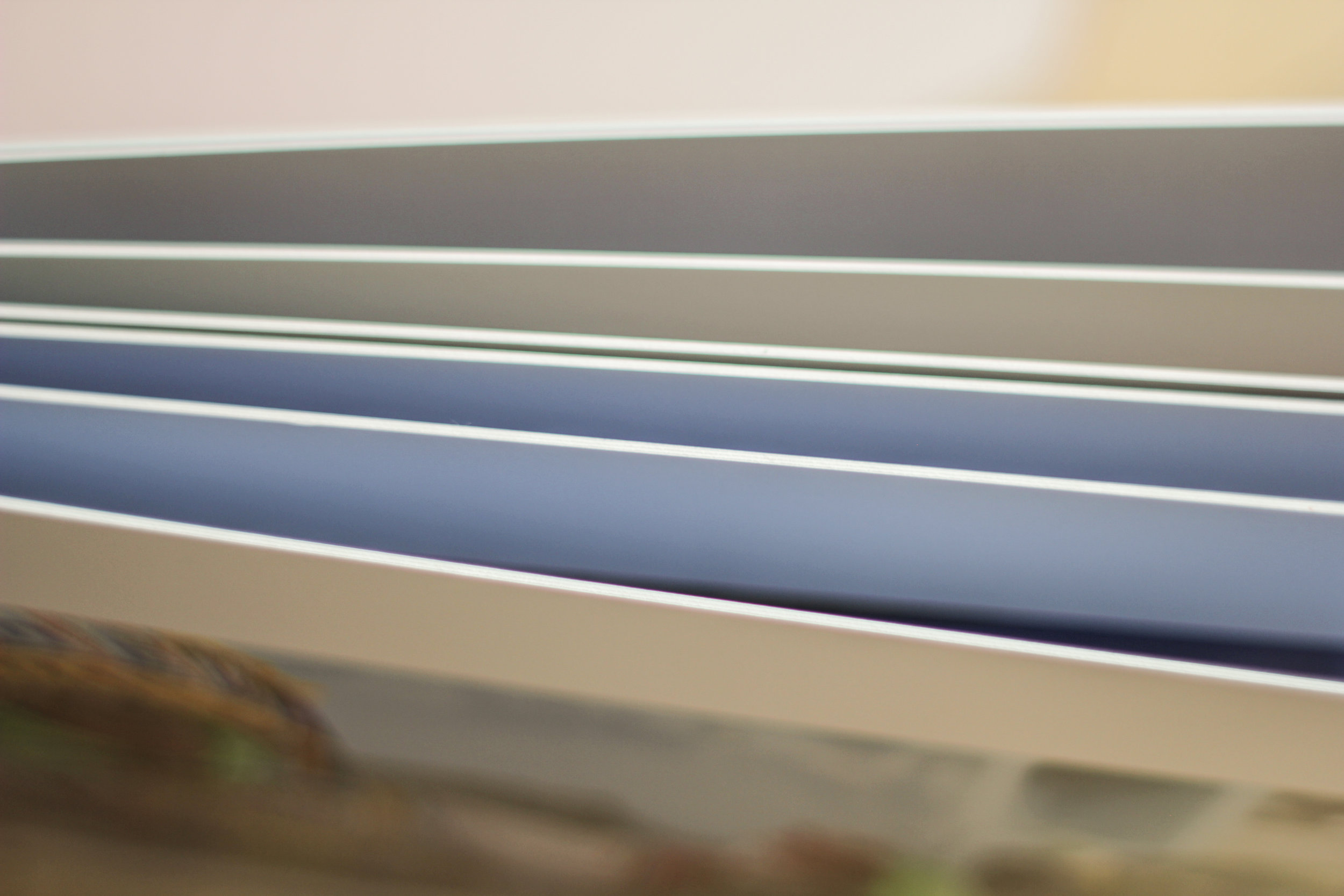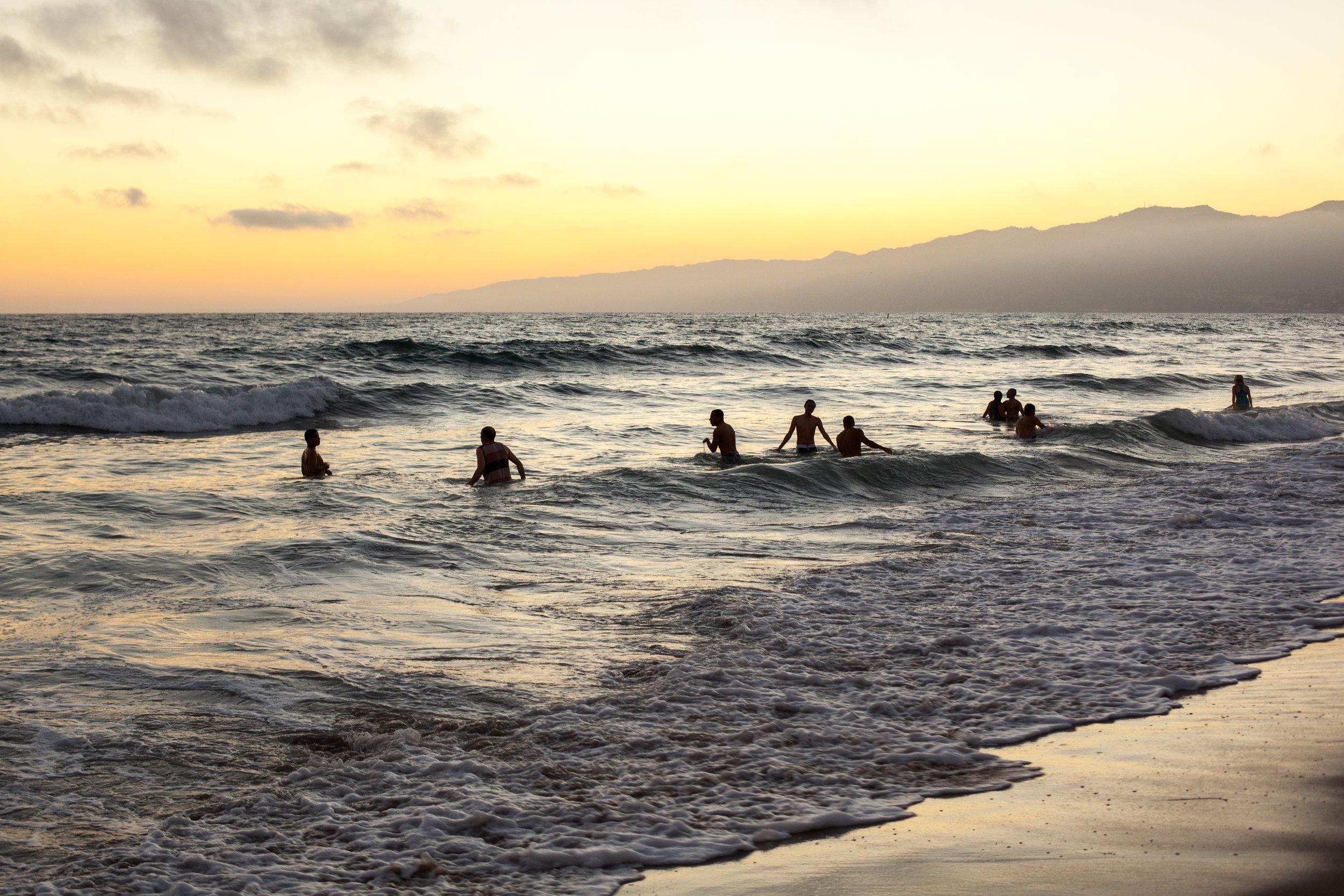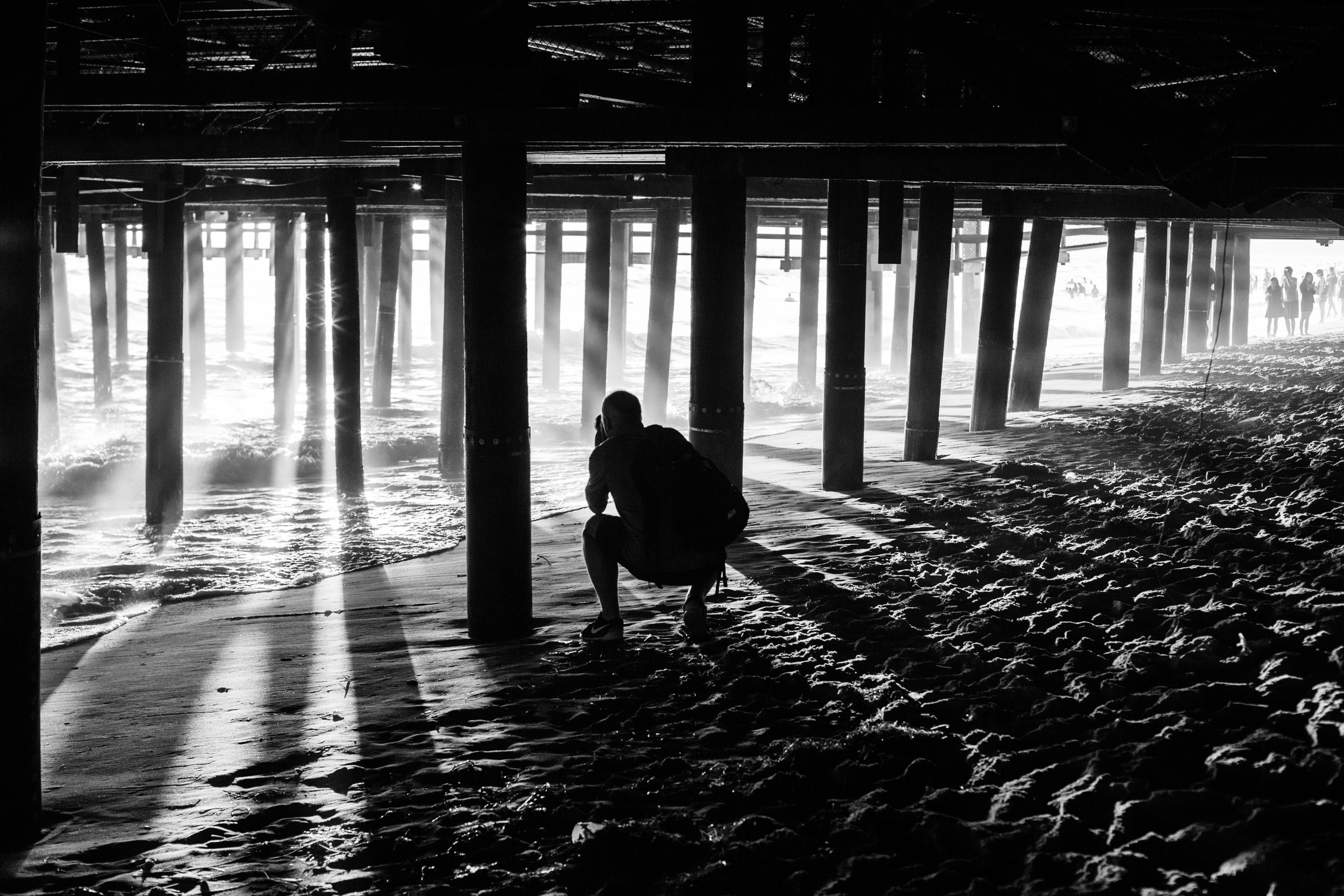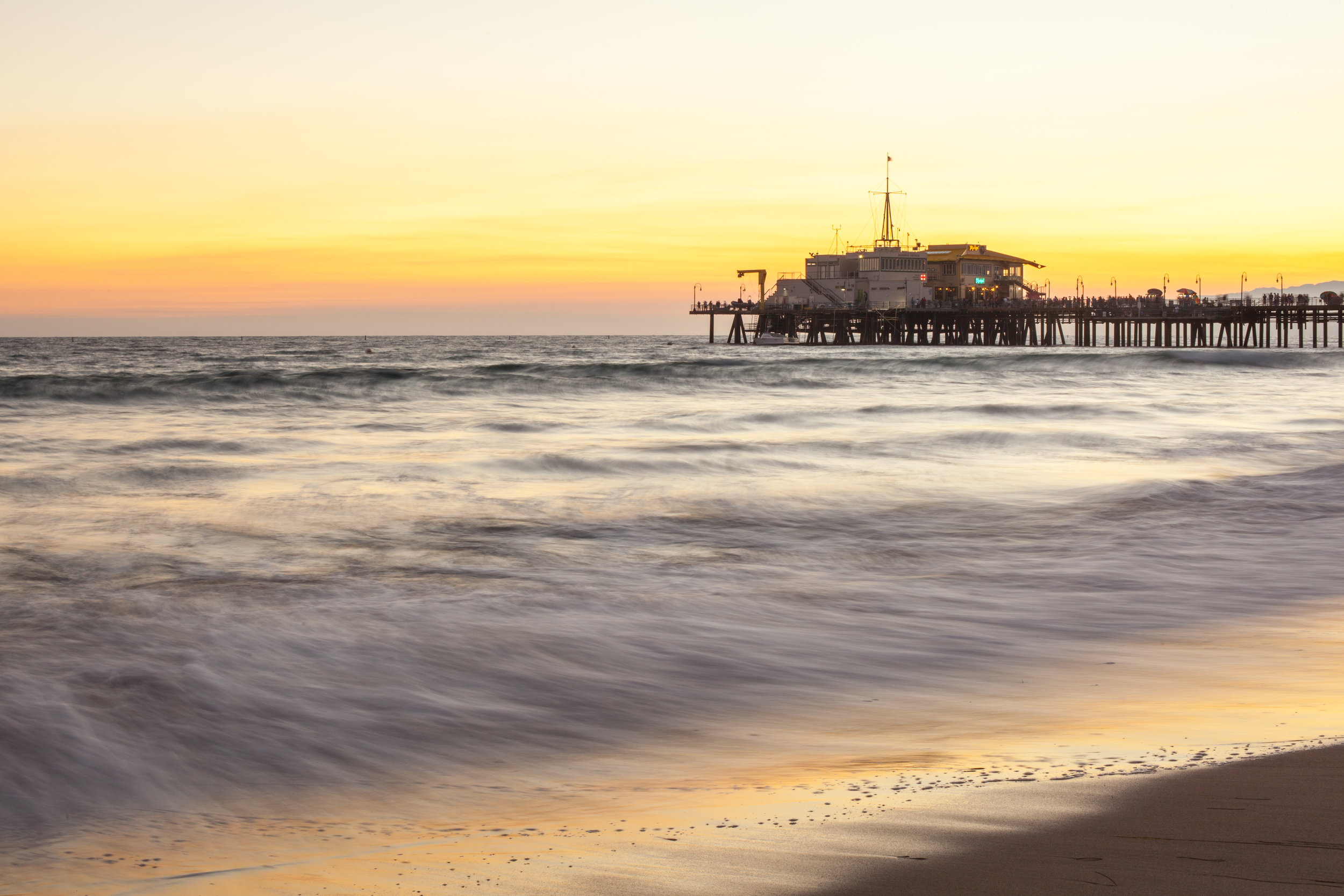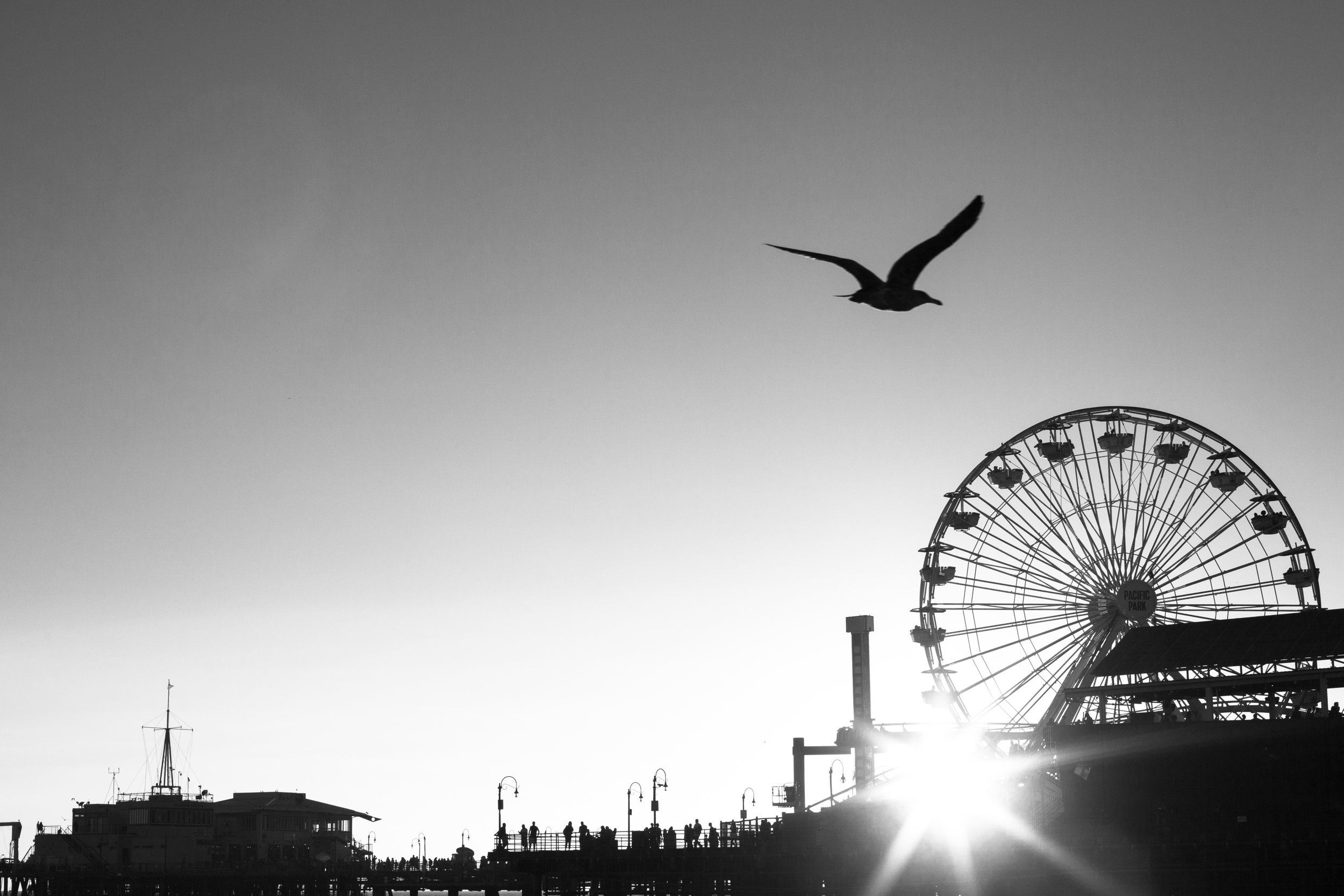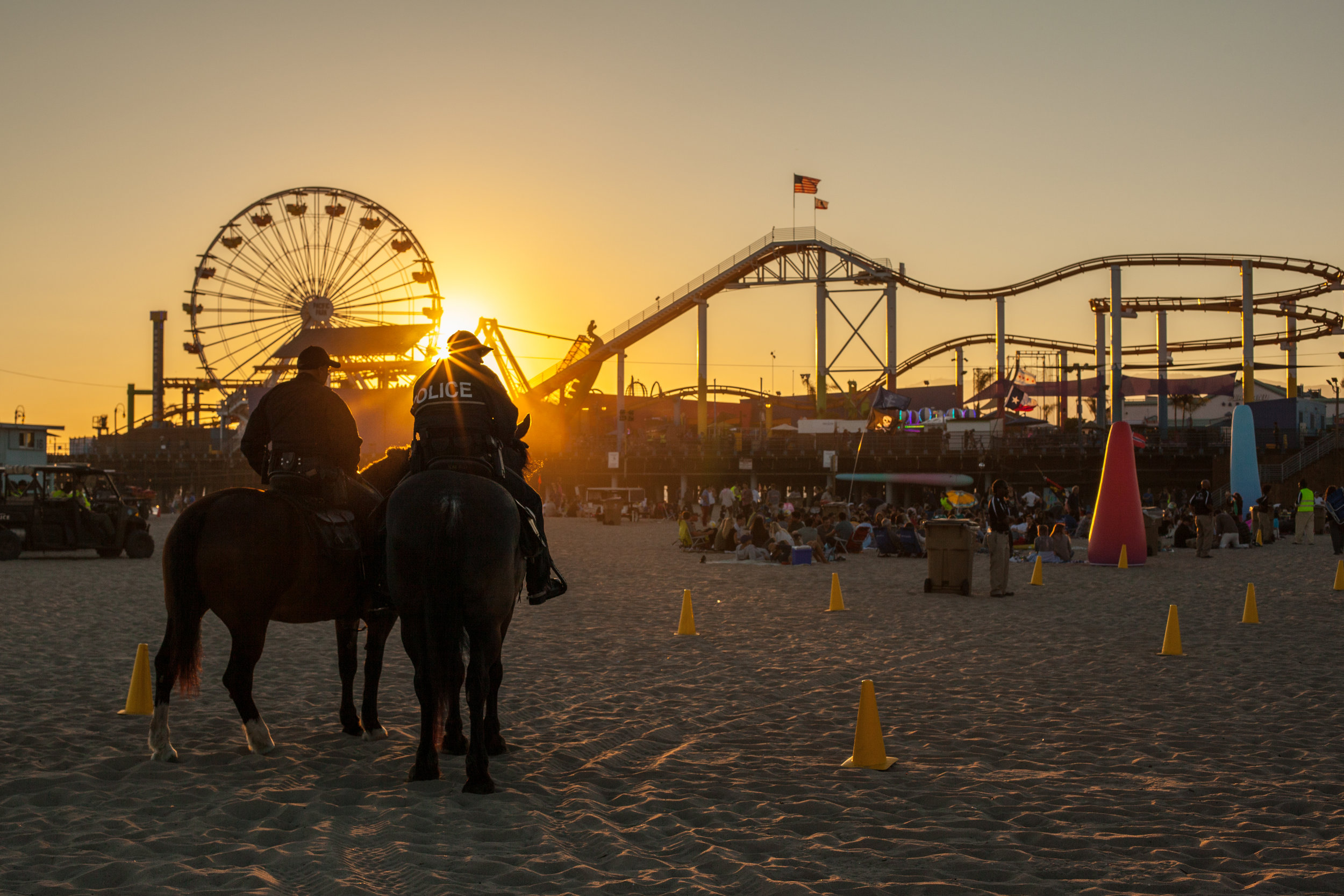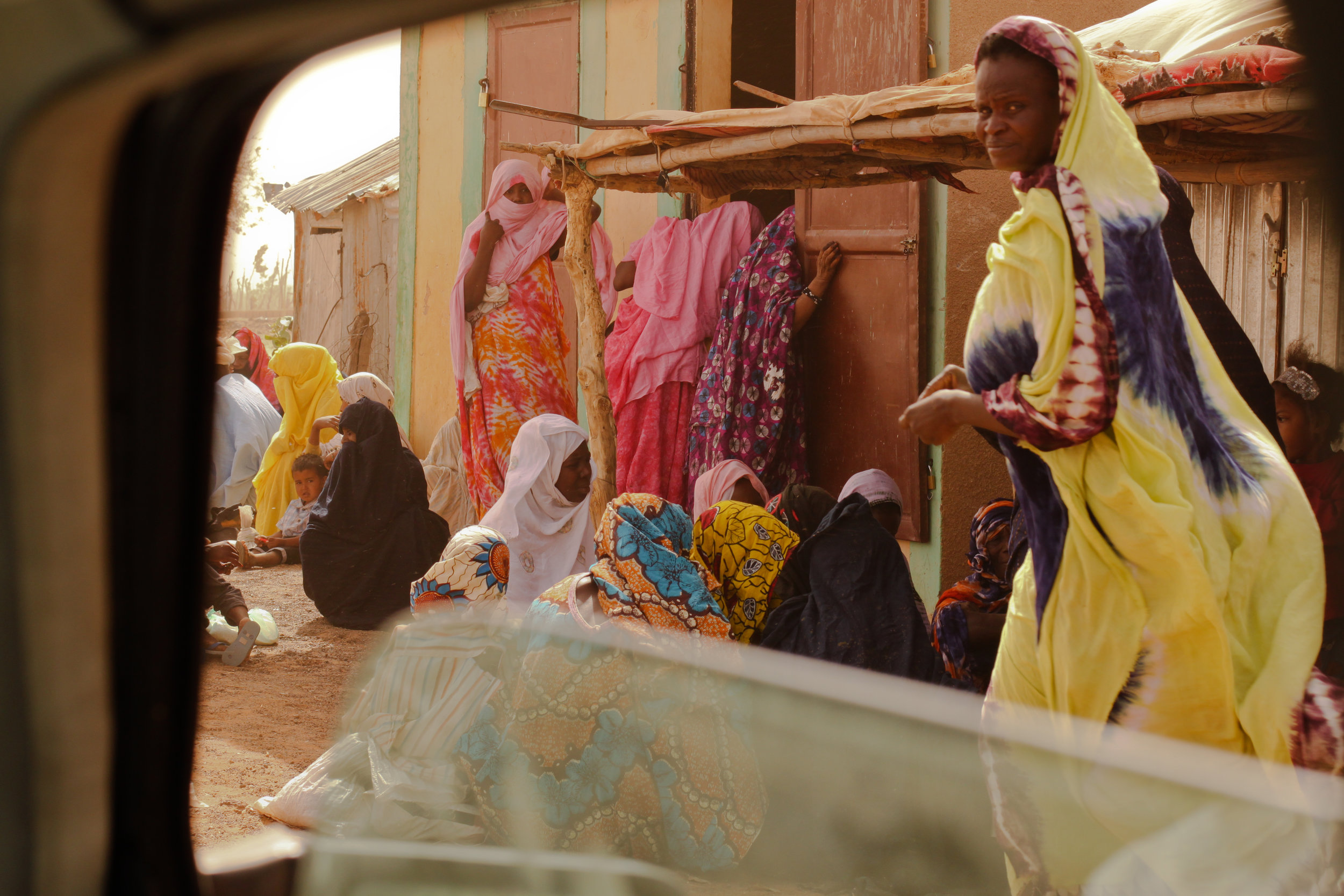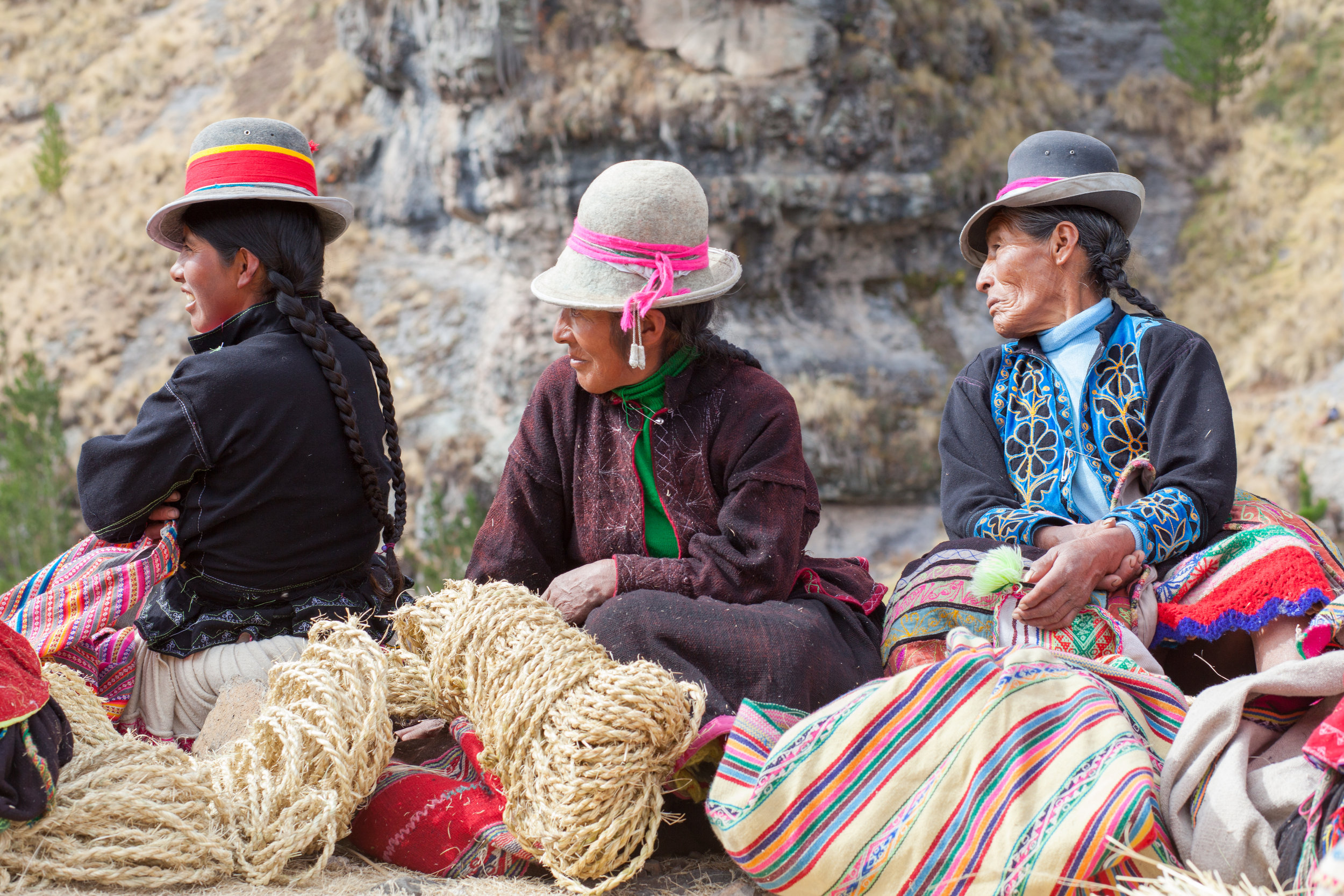Millions of Mexicans make the pilgrimage each year on or before December 12th. The Basilica of our Lady of Guadalupe is a Roman Catholic church in the North of Mexico City. Pilgrimages have been made to this shrine almost uninterrupted for hundreds of years, and today it is the most visited catholic shrine in the World. Many pilgrims crawl on their knees as they make their final approach, and devotees believe that the Virgin of Guadalupe can cure almost any sickness.
The 12th of December has a carnival atmosphere with thousands of people filling the square in front of the church. Indigenous people dance and play music from sunrise until sunset. Many pilgrims carry large framed pictures of the Lady of Guadalupe on their backs or hoist depictions of her above their heads. Others wear cloaks or robes with the Lady painted or printed onto the back. (Click through the images below)
The pilgrimage is very much a family affair, the Mexicans often referring to the Lady of Guadalupe as Mamá or Mother. Entire families make the pilgrimage with many sleeping around the site in make shift tents. I visited the site on several different days leading up to and including the 12th to document the pilgrimage.
More of my travel photography from Mexico City can be found on my website, my Facebook, my Twitter and my Flickr account. If you are interested in purchasing any prints, using an image online or would like further information please send me an email at: geraintrowlandphotography@gmail.com.


